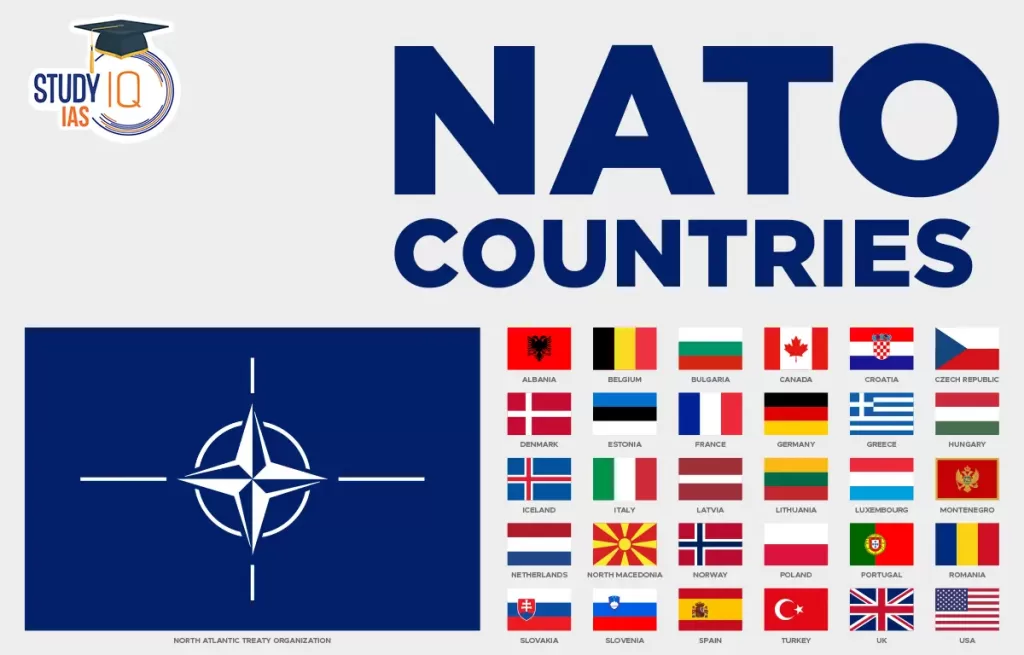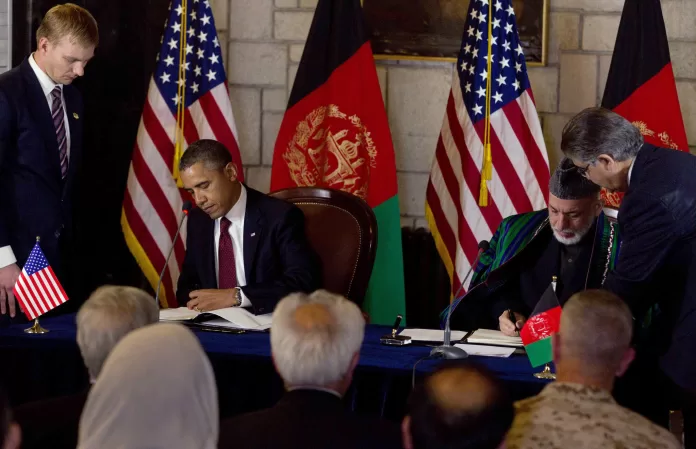The 8th Worldwide Security Conference in Brussels organized by the EastWest Institute (EWI), one of the world’s leading think tanks, in cooperation with the World Customs Organization (WCO) and the Financial Times, in Oct 2011 focussed on (1) sharpening appreciation of the existing security dynamics in Southwest Asia with particular emphasis on Afghanistan (2) analysing new means of promoting collective security in the region and (3) and develop consensus for enhancing security. There was consensus among the participants that in the climate of uncertainty and high risk, the western world must prepare themselves to manage more complex emergencies. Notwithstanding a broad agreement about a durable security policy, there was a realization that the western nations are not geared to address some of the challenges that exist and/or are anticipated in the future. The situation availing almost one year later is described in a relevant paper as “a sense of disarray and retreat rather than a commitment to continual reassessment and policy innovation”.
Despite rhetoric to the contrary the negative factors influencing the present situation in Afghanistan include (1) weak commitment among the states in the region to cooperate, to prevent, reduce and/or contain imminent violent conflict (2) economic growth not consistent with required standard of living (3) governance remaining weak with power shifting to local actors, i.e. warlords in the sub-regions (4) with outside commitment weakening, political leaders in the region face domestic pressures and are reluctant to stake their political future on cooperation. Several risk factors are (1) conflicting requirements of modernization and tradition (especially religious fundamentalism (2) likelihood of regional and internal conflicts with a potential for nuclear confrontation and (3) increasing dependance of Europe, Japan and China on energy on this region.
Thomas Johnson and Chris Mason claim that the insurgency continues due to three Inter-related factors: the lack of a state apparatus and the inability of the government to exert a national level of control; the failure of both Coalition troops and the emerging Afghan National Army (ANA) and the Afghan National Police (ANP) to secure the rural areas to facilitate development and reconstruction; and the lack of any real progress made to help the majority of the Afghan people, particularly those in the south and south east. Persistent security issues marginalise the gains that are being made and have the potential to jeopardise the good work that has been done so far.
Timothy Bancroft-Hinchey may have erred on the side of excess in his article for PRAVDA.Ru in August 2010 “When it all started 9 years ago in Afghanistan, NATO was supposed to breeze into Afghanistan, sweep the Taliban from power and install a nice, stable Government. In 2005, the Human Development Index for Afghanistan was 173 out of 178 countries. At the end of 2010 it was 181 out of 182, in simple terms it means that Afghanistan slipped down the UN human development index which ranks it 181 out of 182 countries, with only Niger lower. There has been a 40-fold increase in opium production and drug income represents over 60% of the economy. Afghanistan has the worst record in infant deaths and has a life expectancy of 44 years. Most of the roads remain inbuilt and many Afghans remain without access to basic utilities, unemployment is rife and the country ranks lower and lower in terms of human and economic development indices.” unquote,
A report by the UN Assistance Mission in Afghanistan (2010 Mid-Year Report on Protection of Civilians in Armed Conflict) had similar shocking statistics: the number of civilians killed in Afghanistan in the first six months of 2010 rose by 31% over the same period last year due to an increase in the number of hostile actions by armed elements. Human casualties in this period totalled 1,271 dead and 1,997 injured of which 3,268 casualties, 76% were attributed to the activities of anti-government elements (a rise of 53%) and 12% were caused by the actions of pro-government elements (a decrease of 30%), while the number of children killed or injured had increased by 55%.The report said that aerial bombardment by the International Security Assistance Force (ISAF) was the main cause of the casualties inflicted by the pro-government elements, namely 69 of the 223 civilian deaths and 45 injuries, although the number of victims of these attacks had decreased by 64% over the course of the year.

In Vietnam, the US extricated itself from a war that did not seem to have an end but in Afghanistan there is no similar clear statement of intent. Almost everything that could go wrong has done just that. Every time that the Taliban were believed to have been routed, they have managed to regroup and re-commence hostilities. Instances of militants or their supporters wearing uniforms and attacking coalition soldiers have increased. Para-military forces and policemen have defected in droves. With billions of the taxpayers’ money going into the war effort there is a rising tide of anger at home about the cost and the continuing needless sacrifice of American lives, very much like in the later stages of the Vietnam War. There is widespread public opposition to the war among the NATO nations that make up the coalition, further aggravated and complicated because of their financial woes.
By the end of 2014, when much of direct Western security involvement in Afghanistan will cease, they will be leaving behind malfunctioning governance, mounting insurgency, deteriorating security and ever-spreading corruption. With lack of political and counterinsurgency progress in Afghanistan, even though the rhetoric suggests otherwise, the Barack Obama administration is pushing more actively for the end of the US military presence in its current form. The US Afghan treaty signed in May 2012 mandates US troops, mainly consisting of US Special Forces, training teams and their operational and logistical support, will stay in Afghanistan in several military bases after 2014. Both the US and NATO are deter-mined to shed a significant share of responsibility for security that they had assumed in the aftermath of the 2001 intervention into Afghanistan. It is both incongruous and strange but the effort to train and equip the Afghan security forces is following the same pattern as in South Vietnam, except that in South Vietnam the forces were far better trained, combat-oriented and capable than the present Afghan National Security Forces (ANSF).
When push came to shove the South Vietnamese military machine disintegrated like a house of cards. The lessons learnt from Vietnam makes it all the more important that military withdrawal amidst the unabated violence has to be graduated and accompanied by definitive moves towards some form of political settlement. The political process in turn requires direct involvement of the same insurgents.
The world must recognize that Pakistan is central to a solution in Afghanistan, conversely Pakistan must come to terms with the fact that without a solution in Afghanistan there can be no peace in Pakistan. As a Superpower the US has core strategic interests in the region which Pakistan must reconcile with, the US in turn has to qualm Pakistan’s fears for the future. Only pragmatic engagement with the hometruths prevailing will pro-vide for a credible and lasting solution to Afghan conundrum.♦
Courtesy: The News




